By Aeon Russo
The Dagger Nomad has been my most trusted chariot on every stout I’ve stepped up to
because of its responsiveness, forgiving nature, and reliability. The Contour Ergo
outfitting makes me feel as if the kayak is an extension of myself and the impacts are
way softer than you could ever imagine. When I drop in, the Nomad gives me the
confidence I need to turn off my mind and tune into the flow.
Top 10 Reasons Why the Dagger Nomad Stomps the Stouts
1. How smoothly it transitions to vertical. All you need to do is relax, plant a
stroke, and tuck up when you’re about to plug ‘er deep.
2. The flying boof-plug. When I discovered that this was a move that was
feasible because of the versatility of the Nomad, I started seeing lines that I
never before thought possible. You can roost a 60ft boof, soar like an eagle,
and then bring the bow back down to vertical. Don’t believe me? Check out
#4 and #7. Try doing that in a different boat.
3. Just enough edge while maintaining the perfect amount of displacement in
the hull. This stability makes stout entrances seem effortless and turning a
corner feels as smooth as linoleum covered in butter.
4. Reconnects feel like they didn’t even happen. Bouncy drops like #6 seem like
they would be beastly hits, but the Nomad skips off of them like an Alaskan
leopard seal escaping a polar bear.
5. The perfect amount of rocker for running the big boys. It seems like the
motto for newer creek boats is the more rocker the better. This is not what
you want when you fire up a frothy stout. You want to take it deep when you
hit the LZ. The Nomad has the perfect amount of rocker that will take you to
China while still giving you the glossiest resurface you’ve ever experienced.
6. It deals with whatever entrance that lies between you and total ecstasy.
Whether it be a munchy hole, an intimidating series of drops, or an epic seal
launch, the Nomad will drop into 4-wheel drive and take you straight to
church.
7. How quick and easy it rolls. I have about a 60% success rate at holding onto
my paddle on drops over 50ft. Being in the Nomad means that the only thing
I need to get back to hair-side-up is my hands.
8. It is the most predictable creek boat on the market. You don’t want to be
questioning what you’re trusty steed is going to do when you’re scouting
your line. I know exactly how this boat will react, no surprises. You look, it
goes.
9. The best outfitting ever. The Contour Ergo is the perfect combo of comfort
and safety. It locks you in but you still feel like you’re in a NASA engineered
lazy boy. My outfitting stays exactly where I like it, even on the heaviest of
impacts.
10. The most forgiving boat. Period. Whether my sidewall crashes into a rock at
the lip like on #3 or I piton a move in the entrance like in #1, this boat gives
you a presidential pardon so that you can still indulge in the sweetest of pleasures.
It remains stable and strong in the most adverse moments and I
know it can deal with any unexpected surprises I might find along the way.

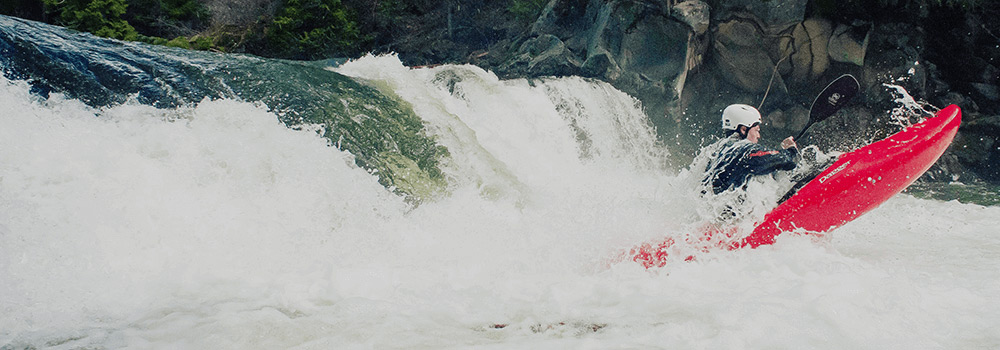
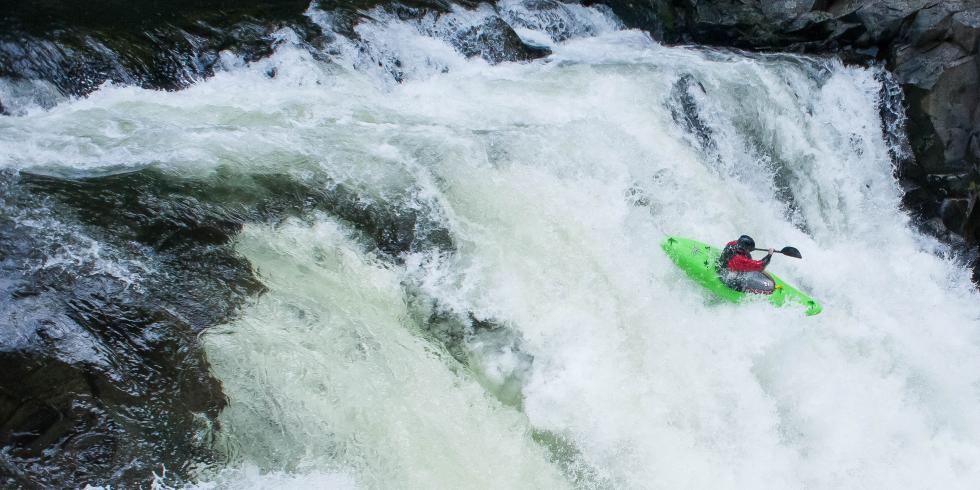
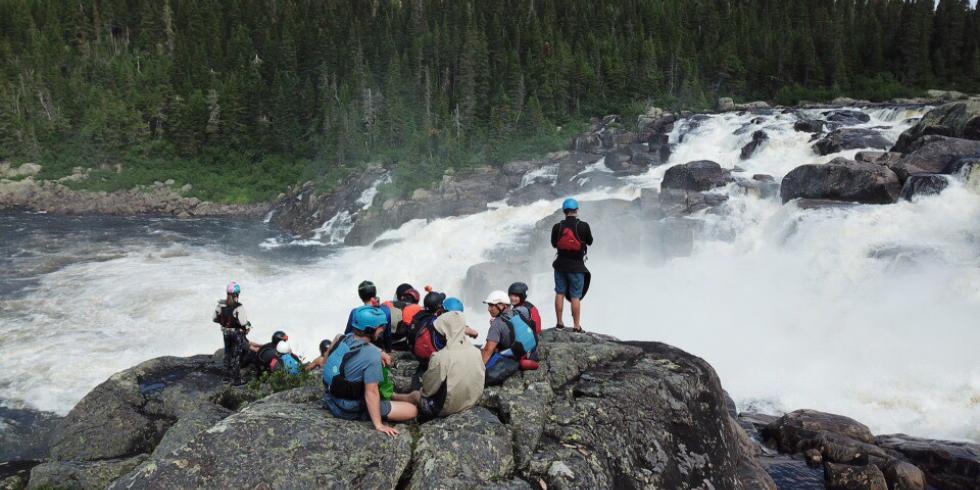
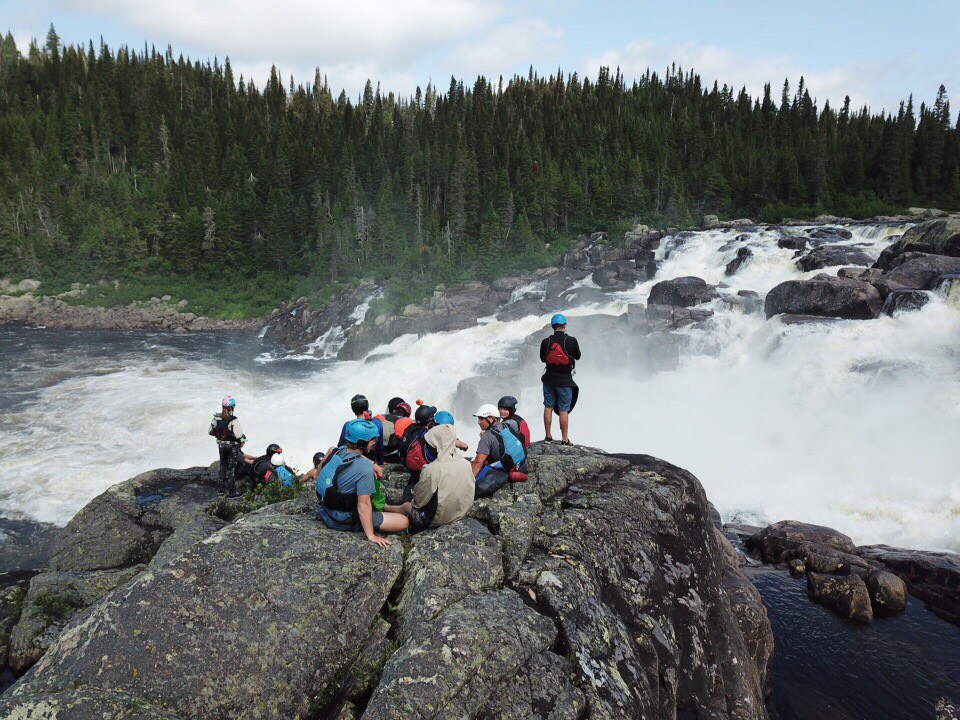 THE VENERABLE MADAWASKA KANU CENTRE (aka the MKC), celebrates its 46th anniversary this year, making the school on the banks of the Madawaska River the longest-running commercial whitewater paddling school in North America, if not the world.
THE VENERABLE MADAWASKA KANU CENTRE (aka the MKC), celebrates its 46th anniversary this year, making the school on the banks of the Madawaska River the longest-running commercial whitewater paddling school in North America, if not the world.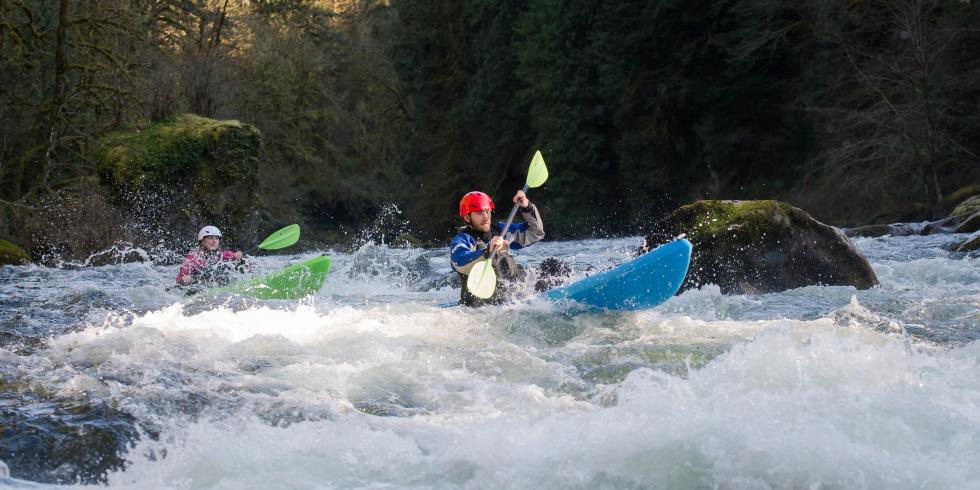

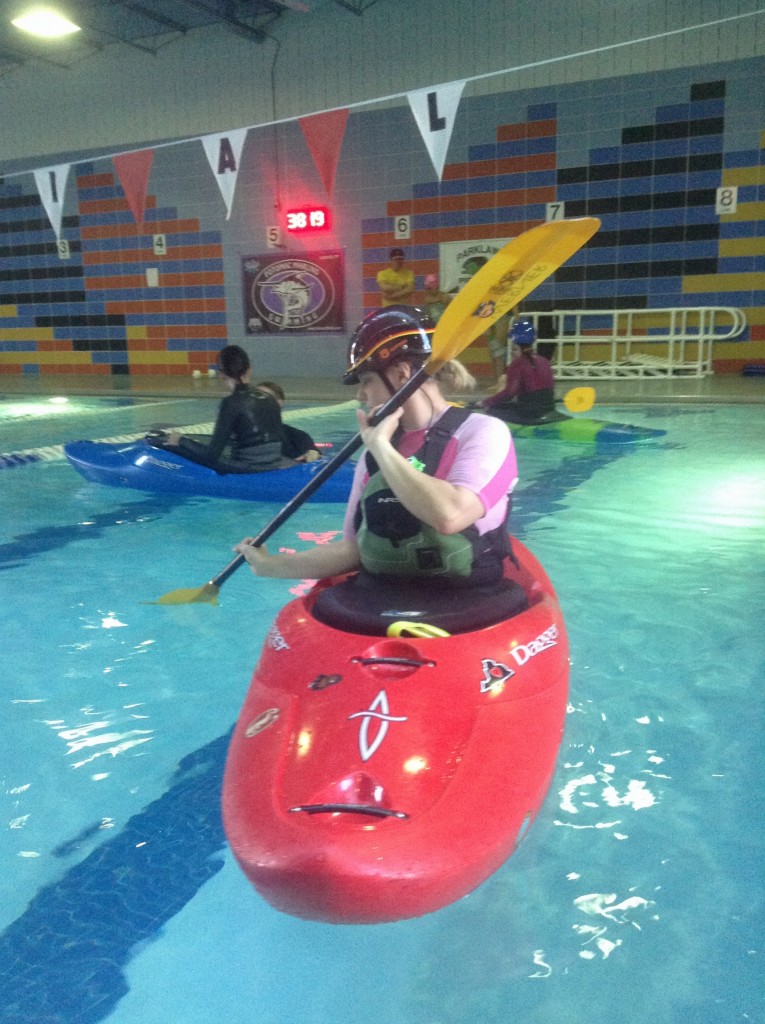 Now try it the other way around. “One of the coolest teaching techniques I’ve ever seen was [Idaho outfitter] Tom Long having his students do wet entries,” says Risa Shimoda, a longtime member of the U.S. Freestyle Kayak team. Get back in the boat while it’s upside down in the pool. Crawl in, extend your legs and pull yourself into the seat. Make it a goal to get your skirt back on at least once per pool session.
Now try it the other way around. “One of the coolest teaching techniques I’ve ever seen was [Idaho outfitter] Tom Long having his students do wet entries,” says Risa Shimoda, a longtime member of the U.S. Freestyle Kayak team. Get back in the boat while it’s upside down in the pool. Crawl in, extend your legs and pull yourself into the seat. Make it a goal to get your skirt back on at least once per pool session.